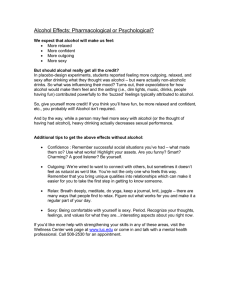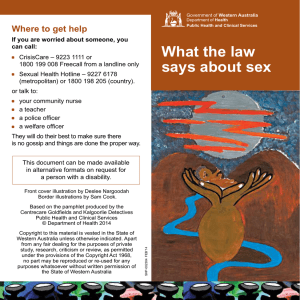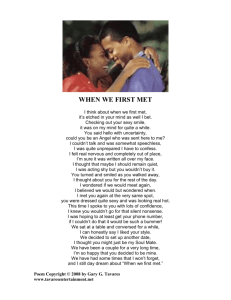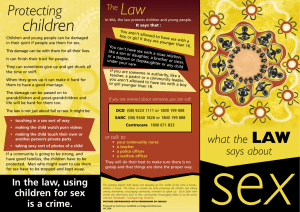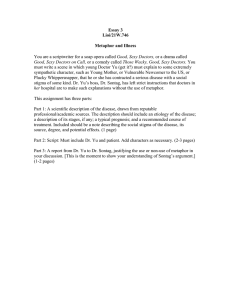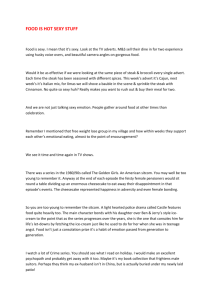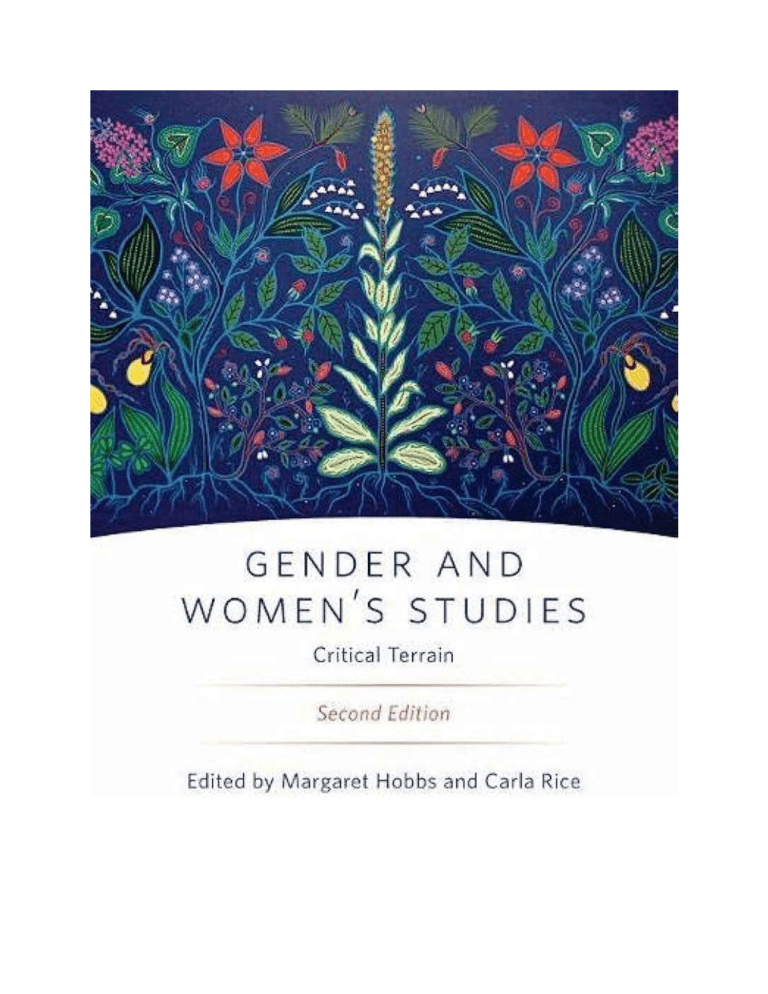
“One of the most striking aspects of postfeminist media culture is its obsession with the body…. In todays media possession of a ‘sexy’ body is presented as womens key (if not sole) source of identity” – p 391 Having read the book ‘Gender and Women’s Studies’ (Rice, 2018) there are aspects of the book that relate to the rape of women that are worth exploring. “There is a general but grudging acceptance that it isn’t really her fault, but if she had done something else, gone in another direction, not had that drink or worn that dress or smiled in that way, it might never have happened”- p 541 There is a stigma that being a rape or sexual assault victim seems to hold. It is questioned where the victim was, wore or consumed around the incident. There is an idea in posing questions like those that suggests that the person would have been safe if they had done the correct things and wore the correct clothing. This notion is confusing when paired with the pressures that women face to put on make up and wear clothing that make them appear sexy, should they look sexy or if they look sexy does that mean they are asking to be assaulted? How can a woman be respected and have her consent be validated while also conforming to the ideals that media throws at her? Regardless clothing and alcohol plays less of a part in rape than people imagine. “70 to 80 per cent of reported rapes are committed by men known to the women involved” – p543 Reading about rape it seems to me that it has a lot less to do with what was worn or drank and more to do with the ideas that people have that the women in their life owe them sex. “Sexualized representations of women in the media presented them as passive, mute objects of an assumed male gaze” – p 392 Women in the media are shown as though being ‘sexy’ is core to their identity and that they are objects of desire to the men in their life, passive sexy objects. Not only are women sexualized but also seen as the nurturing party in a family, women are to look after their children and care about their family unit. The central aspects of the feminine role are to be sexy and nurturing, so if the majority of rapes are committed by someone she knows how can she maintain her role and also speak up? “Don’t break up a marriage over something like that” – p621 It is difficult being a woman, finding the balancing act to being ‘sexy’, ‘nurturing’, caring about her family and yet also having a sense of self, independence, and consent. She is nurturing others, she is sexy to other peoples eyesight, so who is she to herself without the context of others? And is it dangerous to have a sense of self that is balanced around who you are to others given that rapes mostly are committed by people you know? “a woman must continually watch herself” -p386 If your sense of who you are is to be nurturing and sexy to your partner and then your partner abuses that who are you then? It seems women need to be upheld as not just accessories of men, but also as their own people. Men can do things to help the situation. Men can mentor, not look the other way, recognize the things that are being said or done by those around them. “Lead by example” -p548 “I am strongly committed to the notion of shared responsibility” – p 211 We can all partake in upholding a community in which everyone is safe and validated as being their own person, worthy of having their consent respected. References Rice, M. H. (2018). Gender and Women’s studies . Toronto: Women's Press . Specific sections of the above mentioned book: Postfeminist media culture; elements of a sensibility by Rosalind Gill (Chapter 41, p 390-401) Snapshots and soundwaves 35; Activist insight – 10 things men can do to prevent gender violence by Jackson Katz (P547) The ultimate Rape Victim (Chapter 56, p541-543) Snapshots and soundwaves 24; Ways of seeing by John Berger (p386) The door of no return by Leah Lakshmi Piepzna Samarasinha (Chapter 65, p621) Between the Village and the village people by May Friedman (Chapter 21, p211)
